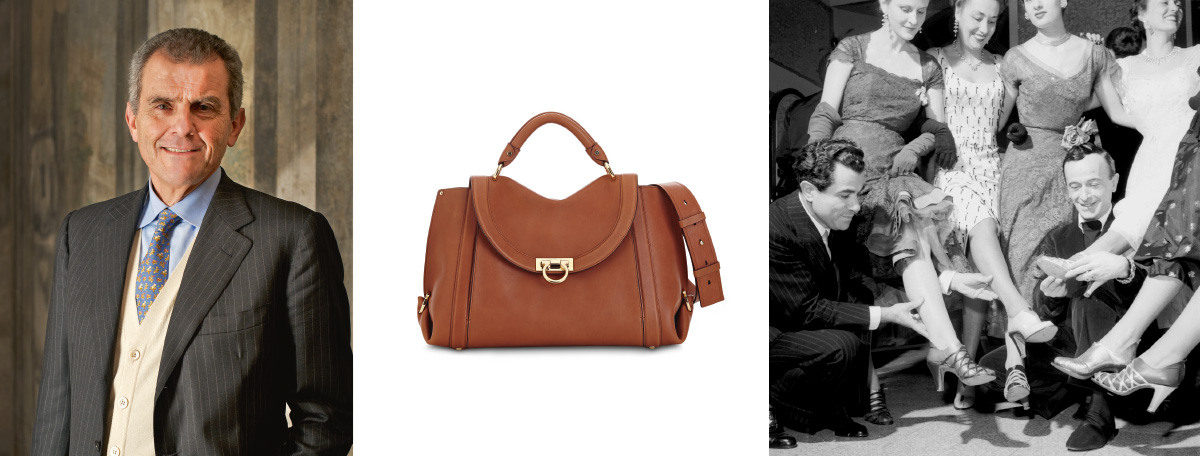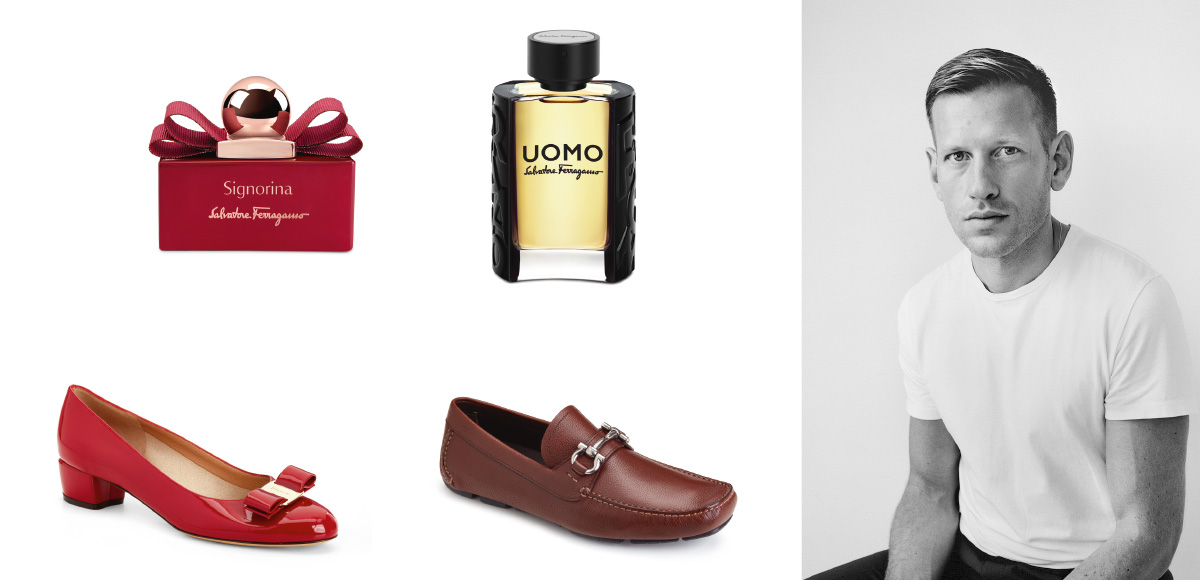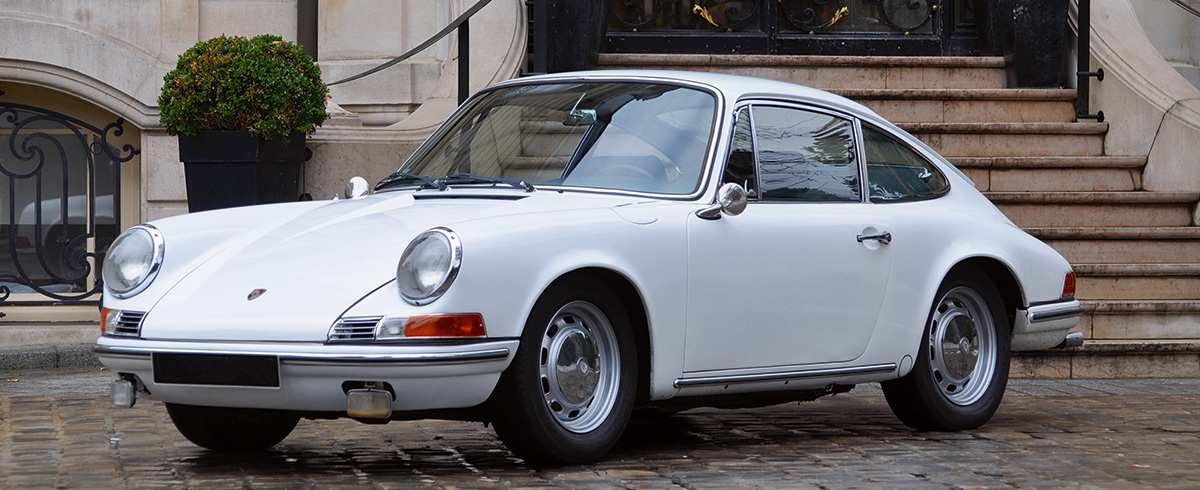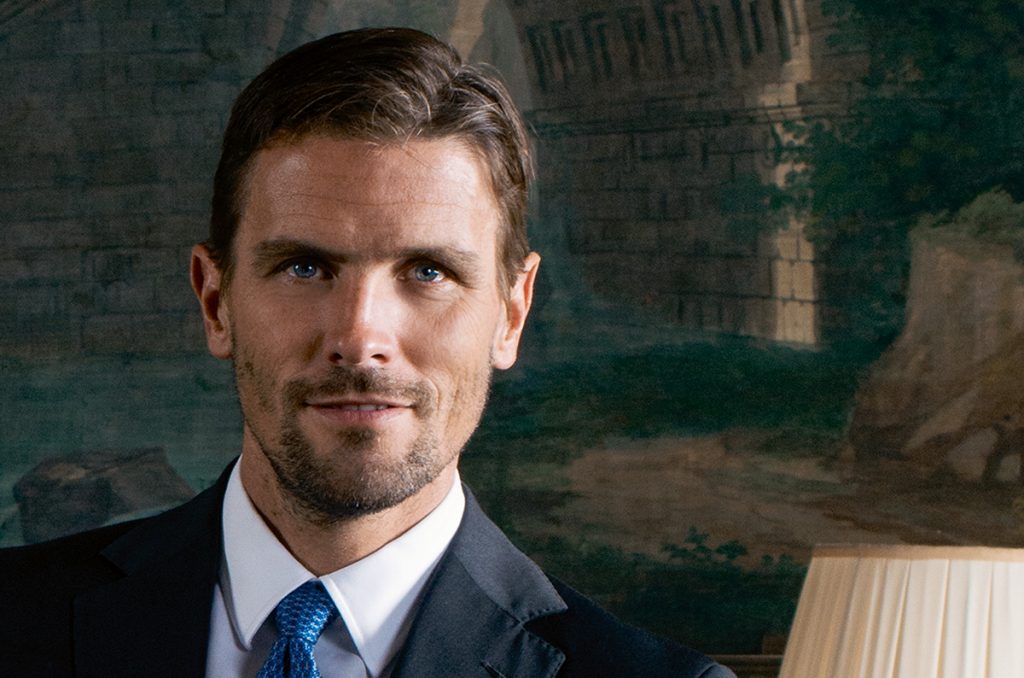Florentine heritage, fine craftsmanship, discipline and planning: James Ferragamo explains how to become a star in the history of a brand worthy of a novel.
Multilingual. At all the international fashion gatherings you can recognise him instantly: he’s the good-looking guy talking to customers and buyers from all over the world in their native languages. Giacomo “James” Ferragamo returned to his native Florence back in 1998 after 13 years spent studying between the UK and the USA, and began working for the family business with the same spirit of enterprise and passion for the product as his grandfather Salvatore – the founder of the brand – and his father Ferruccio.
After taking a degree in Marketing and International business at New York University, where he went on to take a master’s in Finance, Accounting and International Business, with his strong international and pragmatic outlook on the market this young manager succeeded in building himself a place within the very core of the company. After covering the role of General Merchandising Manager from 2000 to 2003 with great success, he earned himself the position of Woman’s and Men’s Shoes and Leather Goods Division Director. With the support of his team he created “My Ferragamo”, a fresh, light new line in women’s footwear and reworked the iconic “Sofia” bag, which now flaunts its new leather and luxurious detailing with contemporary elegance. It will be available at the brand’s boutiques as from December next.
Who is James Ferragamo?
J.F. I’m the son of Ferruccio and Amanda Ferragamo and brother of my twin, Salvatore. I consider myself a hard worker who loves teamwork, and I have great passion for our products.
Where was he born and raised?
J.F. I was born in Florence in 1971 where I received an Anglo-Saxon education. At age 13 my parents sent me to boarding school in the UK and until age 26 I lived outside Italy, initially in the UK but later on in the USA.
When did he decide to follow in the footsteps of his father and grandfather?
J.F. I already knew when I was quite small. When I was nineI already worked, during summer holidays, in the company stores for 500 Lira a week (25 Euro cents – ed), then when I was eleven I moved on to work on the line making shoes.
How did he prepare for his entry into the family business?
J.F. I had to meet a series of requirements to be able to start. My family established some pretty strict rules about the third generation coming into the business. You had to have a masters degree, you had to be competent both in finance and the product and have at least two years’ experience behind you working for another company. All this to make sure we didn’t lose track of who the founder was. So now, 88 years on it’s up to you, the heirs of Salvatore Ferragamo, to carry on the narrative of this adventure: a generation set to be the key for the future of style.

How did it start, this new generation revolution that gave the brand new added value?
J.F. With a touch of inspired innovation to the 1999 Collection that gave me the chance to create and take the role of merchandising manager for the brand, and later when I started handling the women’s leather goods side, which over the last couple of years has led to me taking on the women’s footwear section as well. It was such a pleasure for me to work on building something new into the product, always being committed to doing more, making it even better and to coming out top of the class.
What do you see as the ‘symbolic piece’ best suited to the changes in this sensitive market?
J.F. The elegant, comfortable “Vara” pump, and the development of the driver/loafer, as well as the unprecedented definition of luxury given by a harmonic combination of textures
Creativity. Are you born with it or do you have to work on it?
J.F. You have to cultivate it. Natural born genius is a rare thing. That’s why my father has always sought to develop an aesthetic philosophy absolutely in line with the spirit of our brand of fashion. And that’s why we chose Paul Andrew to guide the future creative vision of the women’s footwear division, where the legend began.
We want to give the company a new perspective, in line with the real demands of the market, combining the strength of the brand’s heritage and industrial capacity with the highest levels of design and latest developments in materials and manufacturing.
How do you view luxury?
J.F. There’s nothing wrong with the word luxury, but only if it’s associated with content that’s truly distinctive, content that can bear the test of time. Fashion is ephemeral, luxury lasts forever. There’s still room for improvement, in part by exploiting the advantages of digital media, in part by working on management effectiveness. I think that’s what the market expects from us, and we’ve always exceeded expectations.
How much of Florence is there in what you’re doing?
J.F. Everything! Every day we tell of the special, fascinating relationship between our product and the city, exalting the power of the craftsmanship that symbolises the spirit of enterprise. Because beauty is born only from beauty!

Which country fascinates you the most these days?
J.F. Japan. It’s a wealthy country, relaxing, nostalgic, deep, modern, fascinating and exciting, and so successful in the field of research and development.
What makes you happy in life?
J.F. Having the right balance between work and private life. I love my work, and I love my family that’s my joy. In my free time I love competing in triathlons, playing football and sailing. I do a lot of fundraising too, especially for medical research and buying new medical equipment. We managed to donate a significant sum to the Meyer Paediatric Hospital which they used to buy the latest generation neuronavigator, with software capable of creating a 3D map of a patient’s brain. This incredible tool doesn’t just make high risk operations safer, but makes possible some kinds of surgery previously considered impossible.
The best guarantee for the future?
J.F. Memory. Tradition isn’t a disposable commodity. It means continuity, our peaceful revolution.
If you had the chance to dress a woman or a man from the past, who would you choose?
J.F. Sofia Loren, as a symbol of beauty, fascination and elegance. That’s why she’s so well-loved and acknowledged the world over.
If I had to choose a man, it’d be the elegant figure of Gregory Peck, who embodies the discrete charm of the true gentleman.
WHAT CAR DOES JAMES FERRAGAMO LOVE?
“I don’t particularly like driving, but when I have to I prefer a historic car, like a Porsche 912.”
Porsche 912. Born in 1965 as a slightly more affordable version of the new 911, this classic car made a significant contribution to the success of its big sister. Perhaps a little nervous about the significant increase in the price of the 911 with its new six cylinder engine, Porsche decided to introduce a new four cylinder version entry-level model and began working officially on the 912 coupe, with bodywork and suspension identical to the 911 but with a 4-cylinder air-cooled 1584 cc boxer engine capable of developing 90 HP.
While the interiors are a bit simpler than the 911, the 912 has all the style, performance and quality of its sister making it extremely attractive to all Porsche lovers. Within the first 5 years Porsche produced around 30,000 912 coupes and 2500 912 Targas, and sales soon outstripped those of the 911. The car was probably a great success thanks to its looks, identical to its 6-cylinder big sister, and its significantly lower list price. Obviously it didn’t have the performance of the 911, but its lower fuel consumption most likely made up for that.
Production ended in 1969 when this more affordable variant of the celebrated 911 was eventually superseded by the Volkswagen-Porsche 914. Nevertheless, in 1976 Porsche decided to produce a limited series for the American market, the 912E, fitted with a Volkswagen 4-cylinder 2-litre fuel injection boxer engine, developing 86 HP.


